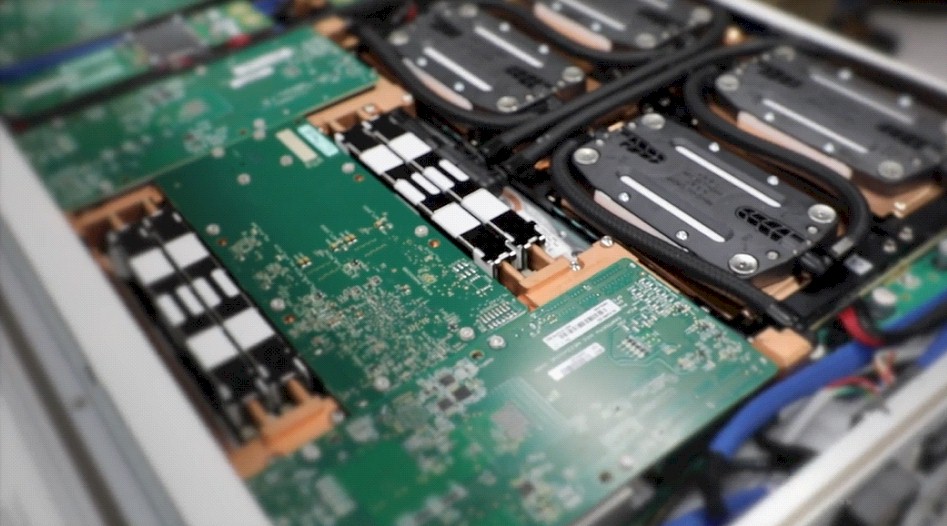- Server CPU is Trento, Milan derivative
- IO die update that was promised surprisingly has a new memory controller - 8 channels of DDR5
- MI is new Mi200 datacenter GpGPU to be announced soon
- Green links are presumably PCI gen 4 x 16 each, 2x per card, which is new, IIRC, never before used
- Mi200 cards have their own mesh interconnect - Purple
- Green and Purple lines are presumably implementing Infinity Fabric Architecture 3.0
- each Mi200 card has its own PCIe x16 connection for external networking, to connect to PCIe switch
- additional PCIe x 4 connection for storage (which would add to 132 lanes?)
Credit to Hardware Times:
AMD Epyc Next-Gen Server CPU Layout Surfaces w/ 3rd Gen Infinity Fabric Link Architecture - Hardware Times




